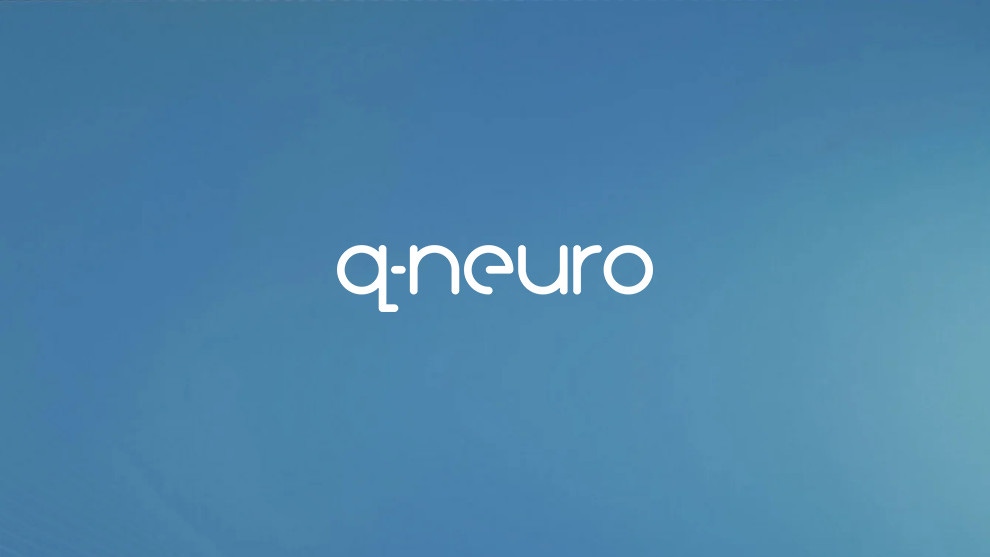Trending
Opinion: How will Project 2025 impact game developers?
The Heritage Foundation's manifesto for the possible next administration could do great harm to many, including large portions of the game development community.
Qneuro founder Dhiraj Jeyanandarajan explores what primary issues Brain Computer Interface technology needs to overcome in order to go mainstream, and shares what Qneuro is doing to address them.

Presented by Qneuro
Despite the availability of (relatively) low cost, high quality electroencephalography (EEG) devices since about 2010, the mass adoption of brain-based entertainment is still elusive. Why? What is it exactly that’s missing from either the device, software, or application in order to give us the home run for the industry?
I am the founder of a brain computer interface (BCI) device company – Qneuro, Inc – and I have a bias for our device! Having said that, many of the reasons I started the company were to address the primary issues outlined in this article. There are many other great BCI companies out there with their own solutions to these issues. I strongly believe that a win for one of us at this point is a win for all of us. For the game developer or studio interested in incorporating neurotechnology into your next project, I hope this will serve as a point of reference to look into for whatever solution you decide on.
There are 3 primary issues BCI needs to overcome to go mainstream, in order of importance:
A BCI device will generally not be able to equal the level of speed, accuracy and control that traditional controllers give us. That’s because traditional controllers take advantage of the way your nervous system has been honed, from birth, to give you a highly efficient way to interact with the world. Take ‘motor control’ for example. There exists a highly complex, layered system of nerves, pathways and musculature to give you highly accurate and precise control over the motor movements of your fingers and hands. Even though the end output might be a binary button press, you have a nuanced and layered system to control that output. Unless similar layers of intuitive/subconscious controls are built into a BCI output system – or an extension of the efferent pathway of the nervous system, then it will always fall short.
So what is the solution? Use EEG for what it is good for – for measuring underlying brain states that reveal attention, emotion, mental workload, fatigue and synchrony to name a few. These can be used as inputs by the astute developer to build in features into the game that add a completely different dimension to the gameplay and user experience. Work this EEG in concert with traditional control systems and this will mark the next generation of immersive gaming.
At Qneuro we’ve made these internal states intuitive and accessible to the developer to incorporate into their project.
The BCI device needs to be comfortable to wear for extended periods (1 hour or more). While this seems simple enough, the very nature of the way we acquire EEG signals works against this basic requirement. Electrodes are the part of the BCI device that actually picks up the electrical signal. These electrical signals are SMALL – on the order of 30-100 microvolts. Even a 1 volt signal is several orders of magnitude larger than these tiny signals propagated from the neurons. In order to record these tiny signals, the best electrodes use a gel or solution to increase conductance from the scalp surface – but these are impractical for a casual BCI device. Dry electrode technology is the alternative solution and while it has come a long way, the limitation is that signals are much stronger when the electrode goes through the hair and touches the scalp. In order to do this, there are various designs that penetrate through the hair. And these designs require a fair amount of pressure over them to get that good contact with the scalp. Unfortunately, all of this works against that goal of comfort.
Qneuro has created a hybrid electrode design that works over hair and is able to generate high quality signals. While this seems like a relatively innocuous feature, the ability to record signals over hair provides an entirely different dimension in terms of comfort compared with traditional designs.
A gamer may be more willing to wear a futuristic contraption on their head when they are playing, but for mass adoption the more innocuous looking the device, the better. Our goal was to make it useable ‘on the street’. Wear it on the train commute to work and then when you get home keep it on and use it for your gaming session.
From a few feet away Qneuro’s NeuroState cap looks no different than a baseball cap. Everyday useability is the strongest feature of our choice of form factor. Our hope is that being able to use this as a fitness tracker for your brain, plus a mind training device, plus a gaming device will provide more value for the money and ultimately greater adoption.
At Qneuro we’ve spent the last 5 years and millions of development dollars on developing a BCI device that addresses some of the biggest hurdles to mass adoption of neurotechnology. Now we are looking to developers to take this device and create killer applications that will really take neurotech mainstream. In March 2024 at GDC we will launch the NeuroState developer kit that will make it easy to incorporate reliable and accurate brain-based metrics into your games and applications developed for either Unreal or Unity platforms. Visit us at our booth for interactive demos, to purchase your dev kit (and be able to start using it the same day!), and to ask us questions and talk about ideas. You can also visit us at qneuro.com for more information.
Read more about:
Sponsor Resource CenterYou May Also Like